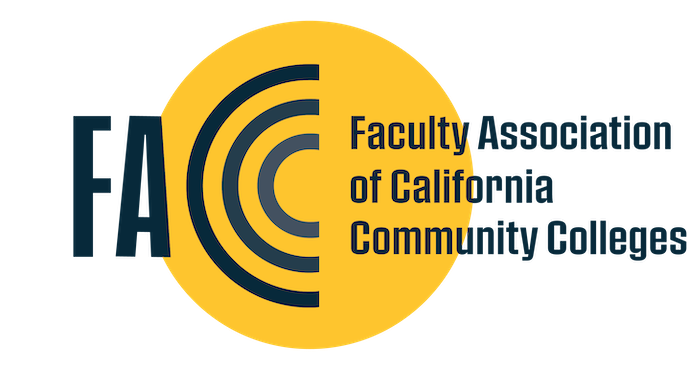Promises, Promises…Why Do I Believe?
For the last decade, open education resources (OER), or zero-cost textbooks, have been the solution to bringing down costs for students and creating an equitable education. The California Community Colleges Chancellor’s office asserts, “Open educational resources give students more flexibility in learning, and research shows most students perform as well or better using open educational resource course materials compared with students using traditional textbooks.”
The California Virtual Campus – Online Education Initiative (CVC-OEI) launched the Canvas Commons as an easy way to share OER and Canvas content for faculty across the state. When a pandemic took the entire California Community Colleges system online, advocates saw it as a chance for OER to take flight and bring equity to the student population: “A Majority of faculty now report some awareness of OER” (Seaman & Seaman , 2021) Yet, that was not the case according to “Awareness of Open Educational Resources Grows, but Adoption Doesn't.”
